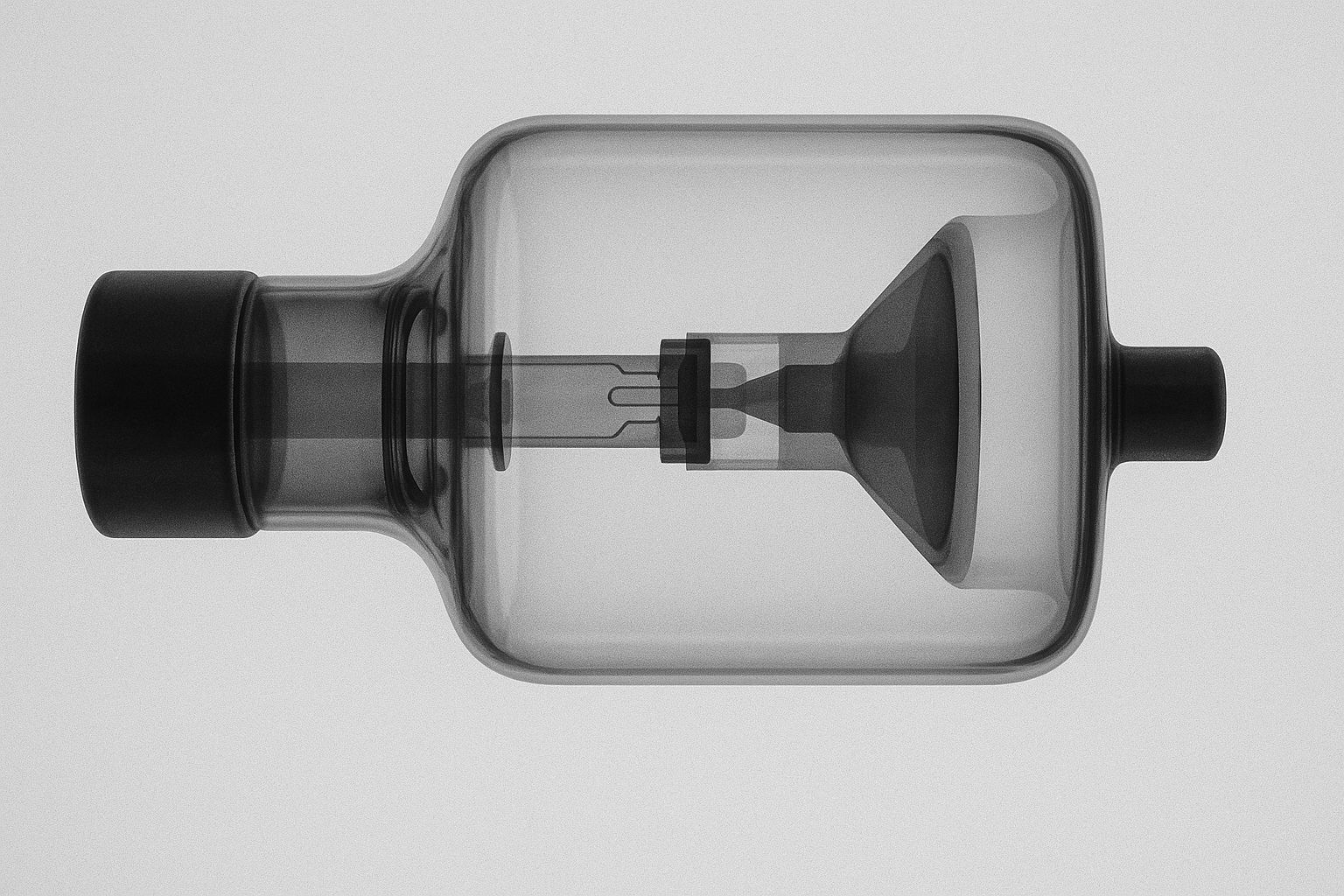The demand for precise, reliable measurement methods continues to grow in manufacturing and materials processing. As industries strive for higher quality standards and tighter tolerances, quality control teams are turning to advanced technologies to ensure their products meet exact specifications. X-ray Thickness Gauging has emerged as a leading solution for those seeking accurate and efficient thickness
measurements across various materials and production environments.
The Science Behind X-ray Thickness Gauging
X-ray Thickness Gauging leverages the unique properties of X-rays to measure the thickness of materials without requiring direct contact or causing any damage. This method involves directing a controlled X-ray beam at a material and measuring the radiation that passes through. The difference in X-ray absorption provides a precise calculation of the material’s thickness. This technique is especially valuable in metals, plastics, paper, and coatings, where consistent thickness is critical for performance and compliance.
Key Advantages for Quality Control Teams
Quality control professionals prefer X-ray Thickness Gauging for several compelling reasons:
- Non-Destructive Testing: X-ray measurements do not alter or damage the sample, making them ideal for continuous production lines and delicate materials.
- High Accuracy: The technology delivers exact readings, often within microns, enabling manufacturers to maintain strict quality standards.
- Speed and Efficiency: Automated X-ray systems provide real-time feedback, enabling immediate process adjustments and minimizing material waste.
- Versatility: This method suits various materials, including metals, plastics, composites, and multilayer products.
- Minimal Operator Intervention: Once set up, X-ray systems require little manual oversight, freeing up skilled workers for other critical tasks.
These advantages make X-ray Thickness Gauging indispensable for industries where product uniformity and compliance are non-negotiable.
Applications Across Industries
The flexibility of X-ray Thickness Gauging allows it to be integrated into many different industrial environments. In the metal processing sector, it ensures sheet metals maintain uniform thickness for structural integrity. Plastic manufacturing monitors film thickness to guarantee product performance and reduce material costs. The paper and packaging industries utilize this technology to control coating and laminate thicknesses, optimizing product quality and resource utilization.
Additionally, X-ray systems can be tailored to specific production requirements, whether for in-line, at-line, or laboratory measurements, making them a universal tool for quality control teams seeking both adaptability and reliability.
Implementing X-ray Thickness Gauging: Best Practices
To maximize the benefits of X-ray Thickness Gauging, quality control teams should consider the following best practices:
- Calibration: Regularly calibrate the gauging system using certified reference materials to ensure ongoing measurement accuracy.
- Training: Provide thorough training for operators and technicians to maintain consistent data quality and system performance.
- Data Integration: Integrate measurement data with production management systems for real-time monitoring and rapid response to deviations.
- Maintenance: Adhere to recommended maintenance schedules for optimal equipment longevity and reliability.
By following these practices, organizations can fully leverage the strengths of X-ray Thickness Gauging and support continuous improvement in their quality assurance processes. Micro X-Ray Inc. is a reliable partner for teams seeking a proven, non-destructive measurement technology. It offers expert solutions in X-ray Thickness Gauging for manufacturers aiming to achieve superior product quality and process control.

